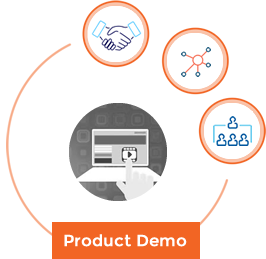Risk always has an implicit impact in ISO standards, but now the recent updates and newer standards are giving risk a role in quality standards. Updated standards like ISO 9001:2015 and 14001:2015 require organizations to employ and include risk-based thinking in every business process across the organization. This greatly help organizations to analyze the risks before that occur.
So, what exactly does ISO mean by risk-based thinking? This is a procedure of understanding and analyzing deeper into a routine scenario that takes place in an organization. Also this serves as a preventive action platform for businesses. Risk assessment drive changes and enable businesses to build alerts for critical events and include guidelines, solutions for risk levels that are unacceptable. These risk assessments are systematic, repeatable and can be implemented for high risks in a consistent manner.
Risk-Based assessment follows the below steps:
- Risk identification
- Risk analysis
- Risk evaluation
- Risk Control
- Risk Communication
- Risk Review
These analysis serves as a bridge to identify and fill the gaps in business process and helps to take necessary corrective and preventive actions ahead to rectify and resolve issues before that occurs evaluating those identified risks will help businesses to take care of those gaps and act upon it immediately. It’s also important to note that risk isn’t limited to negative possibilities. Companies can also use risk-based thinking to pinpoint opportunities, which represents the positive side of risk.
To know more in detail about QMS and our advanced service offerings, stay tuned to our blogs ,for further details visit www.auraqualitymanagement.com





